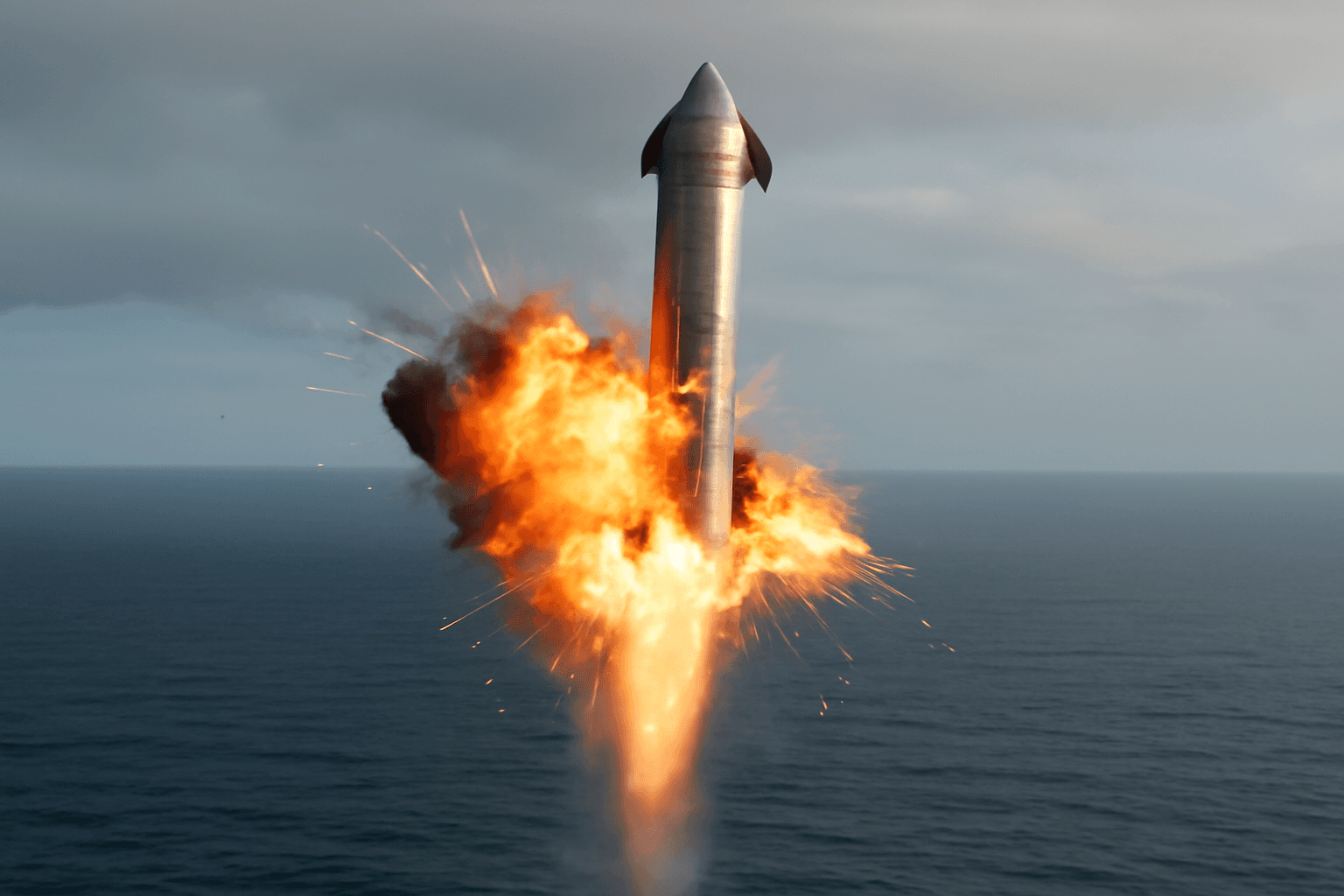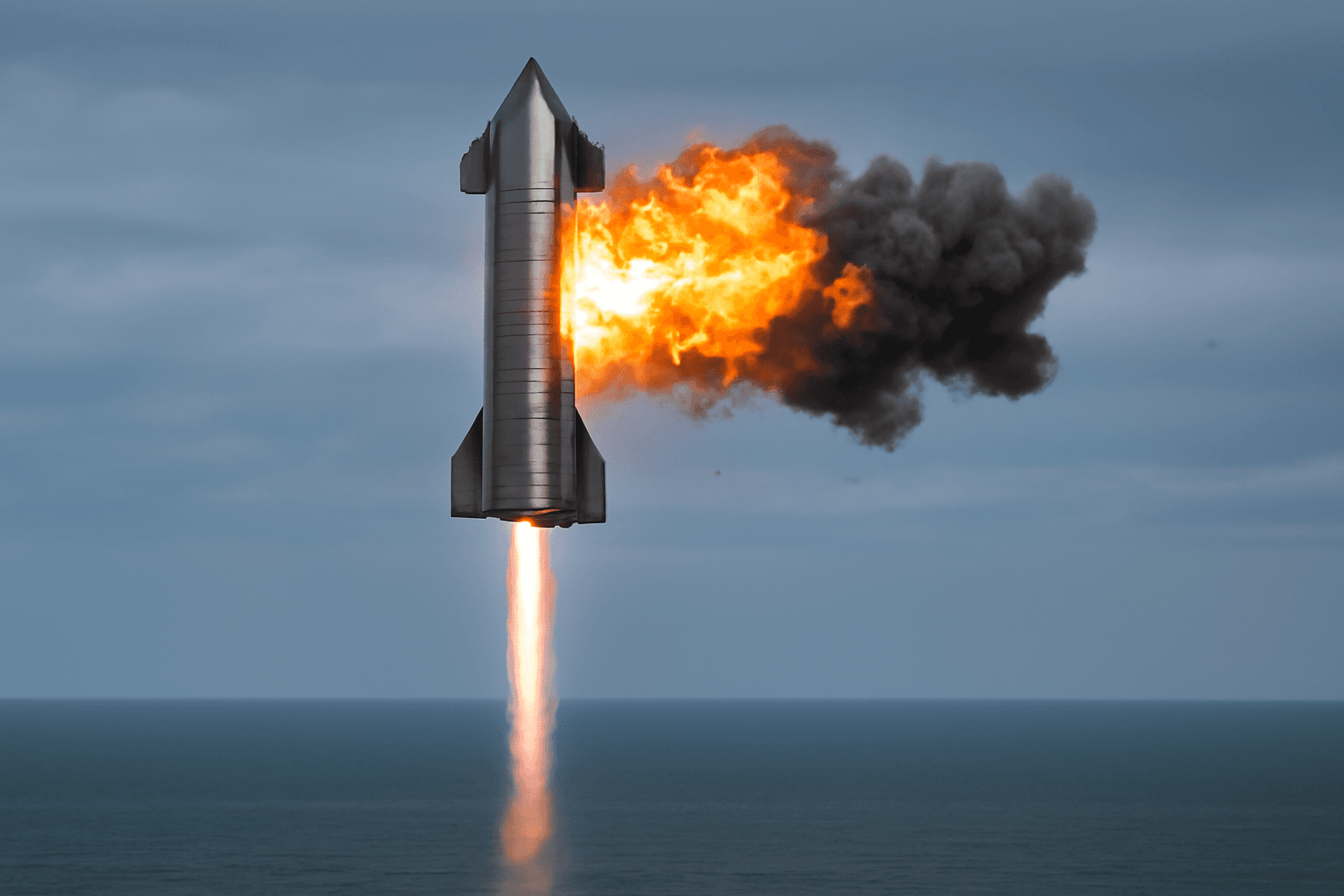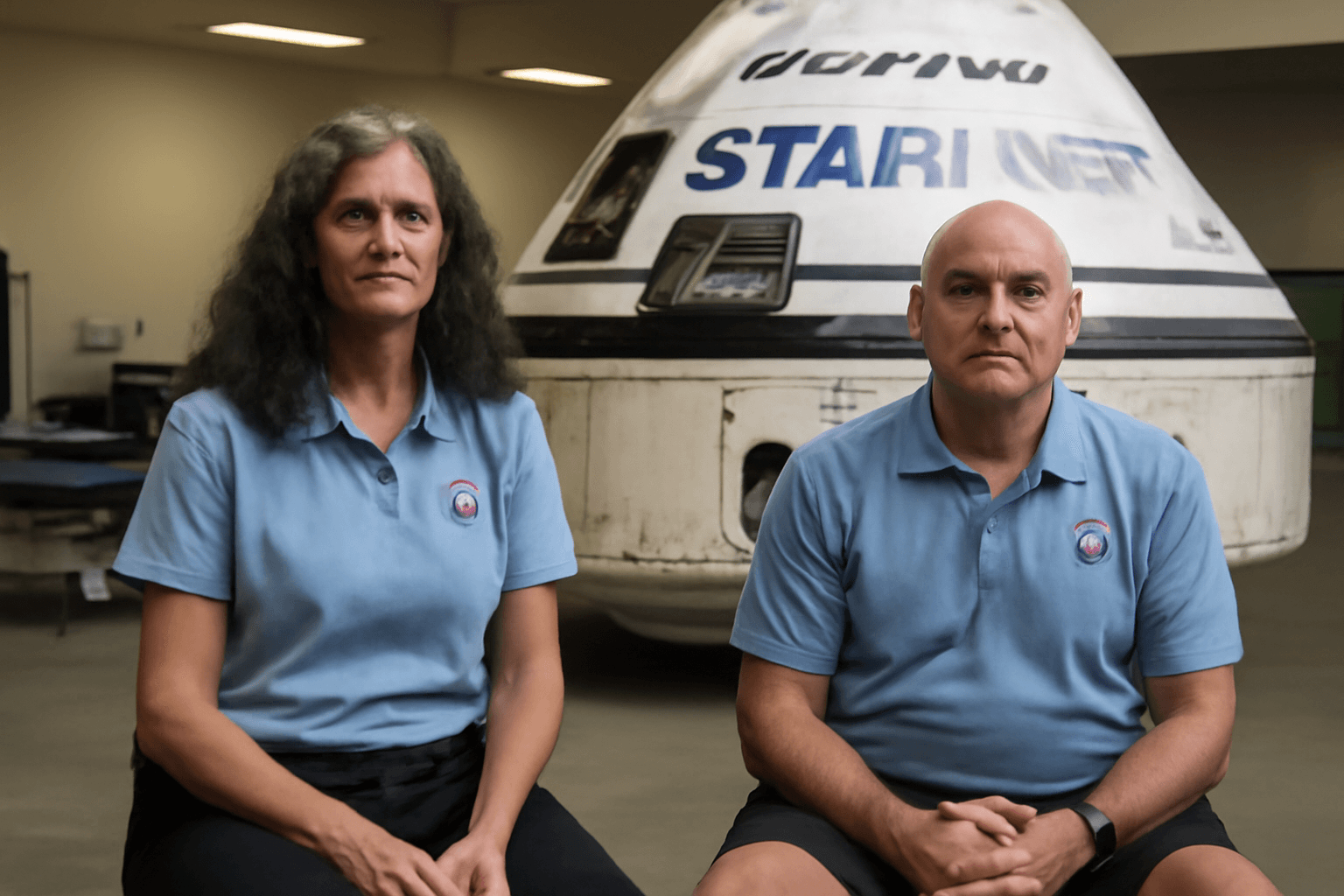SpaceX’s Starship Soars Again: A Leap Forward After Past Setbacks
On August 26, 2025, SpaceX's Starship, the tallest and most powerful rocket ever constructed, lifted off from its Starbase facility in Texas, marking its 10th test flight with unprecedented success. This mission carried eight dummy Starlink satellites into orbit before gracefully returning to Earth with a controlled splashdown in the Indian Ocean, while its booster stage descended into the Gulf of Mexico. This marks a pivotal moment in Elon Musk’s ambitious quest to make humanity a multiplanetary species.
A New Chapter for Starship’s Development
Standing at an awe-inspiring 403 feet (123 meters), the Starship system’s recent flight demonstrated vital progress by successfully deploying its payload and safely returning both stages, a breakthrough after a string of high-profile failures earlier this year. The Super Heavy booster’s controlled ocean landing represents a critical step toward full reusability, a foundational aspect for reducing the astronomical costs of space travel.
As Elon Musk envisions, Starship is not just a rocket but the backbone for future Mars colonization missions and NASA’s Artemis program lunar landings. This latest flight tested new prototype heat-shield tiles designed to withstand reentry stresses, a notoriously difficult engineering challenge that will determine Starship's viability for repeated journeys.
Overcoming Challenges and Industry Impact
Mechanical glitches and weather delays pushed the launch back multiple times, with the pressure mounting after recent upper-stage explosions that raised questions about Starship’s reliability. Dallas Kasaboski, a leading space analyst at Analysys Mason, noted, "While past tests have been sobering, this success marks an important pivot away from an earlier narrative dominated by failure."
SpaceX’s approach epitomizes Silicon Valley’s famous "fail fast, learn fast" ethos, fostering rapid iteration that has already revolutionized spaceflight through its Falcon 9 rocket, Dragon capsules, and Starlink satellite constellation. Industry experts emphasize that despite lingering hurdles—such as creating a reusable orbital heat shield capable of withstanding multiple entries and mastering in-orbit refueling with super-cooled propellants—Starship's progress cannot be understated.
Why This Matters: A New Era of Space Exploration
- Technological Leap: Successful deployment and recovery prove that heavy-lift, fully reusable vehicles may soon become operational, vastly lowering launch costs.
- Commercial & Government Synergy: NASA's reliance on Starship for Artemis Moon missions signals increased public-private partnership in deep space exploration.
- Global Implications: Launches from Texas and splashdowns near Australia and the Gulf of Mexico highlight the international footprint and environmental considerations of such mega-missions.
Looking Ahead: The Road to Mars and Beyond
As SpaceX charts the path forward, the focus will shift to perfecting in-orbit refueling and enhancing orbital heat shield durability. These challenges remain formidable yet surmountable, signaling that the vision of regular human trips to Mars may be closer than many expect.
Elon Musk encapsulated the stakes on a recent webcast, remarking, "Achieving a heat shield system that can be flown immediately without refurbishment will be a game-changer for sustainable interplanetary travel." This test flight’s success lays vital groundwork for that goal.
Editor’s Note
Starship's latest flight is more than a technological feat; it represents a cultural and scientific milestone amid growing interest in extraterrestrial colonization. While setbacks have tempered expectations, this success renews hope and raises important questions about the future of human space exploration: How can emerging technologies reshape global policy and economy? What environmental safeguards should govern mega-launch operations? And critically, how will society balance the fervor of space ambitions with responsible stewardship of Earth and beyond?



















